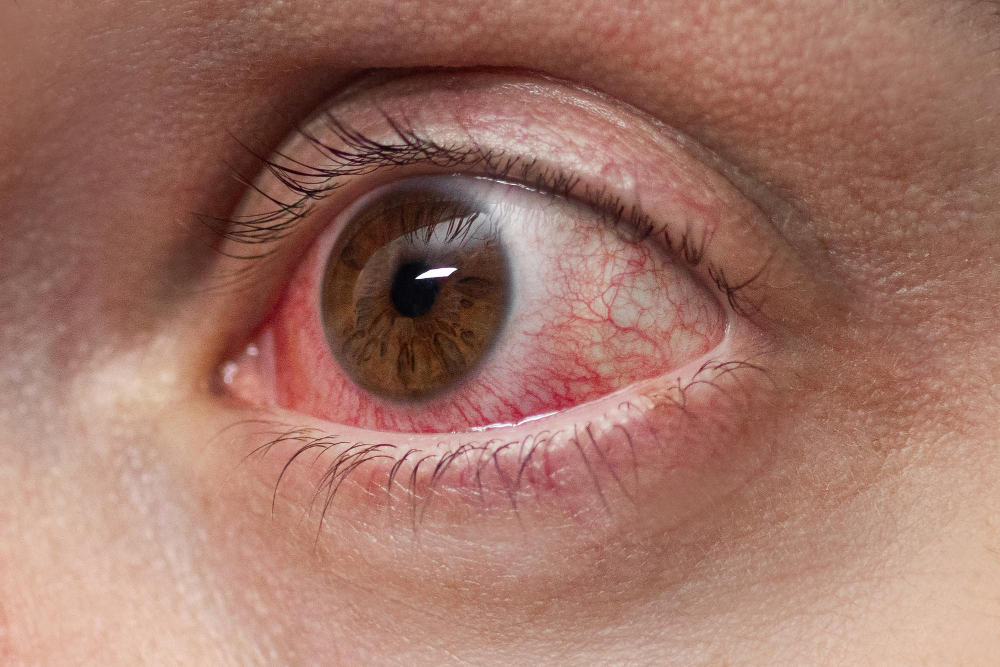What is Scleritis?
Scleritis is a serious eye condition. It happens when the white part of your eye, called the sclera, becomes inflamed. This inflammation can cause pain, redness, and sometimes vision problems. Scleritis is different from simple eye redness. In fact, it often signals a deeper problem. Because scleritis can harm your vision, early treatment is important. According to the American Academy of Ophthalmology, scleritis is rare but needs quick attention. If you notice severe eye pain or redness, you should see an eye doctor right away.
Causes of Scleritis
Many things can cause scleritis. Sometimes, the cause is not clear. However, it is often linked to other health problems. For example, autoimmune diseases can trigger scleritis. These are conditions where your immune system attacks your own body. Some common causes include:
In some cases, scleritis may happen without any known reason. But, it is more common in adults than in children. If you have an autoimmune disease, you may have a higher risk.
Symptoms of Scleritis
Scleritis symptoms can be severe. They often start suddenly. For instance, you may feel deep, aching pain in your eye. Other symptoms include:
Sometimes, the pain can even wake you up at night. Unlike mild eye irritation, scleritis pain is usually strong and steady. If you notice these signs, you should seek help quickly.
Diagnosis
Doctors use several steps to diagnose scleritis. First, they will ask about your symptoms and health history. Next, they will examine your eyes with a special light. Sometimes, they may use eye drops to help see the problem better. In addition, your doctor may order blood tests. These tests can check for autoimmune diseases or infections. If needed, imaging tests like ultrasound may be used. Early diagnosis helps prevent vision loss. Therefore, do not delay seeing a doctor if you have eye pain or redness.
Treatment Options
Treating scleritis depends on the cause and severity. Most often, doctors use medicines to reduce inflammation. Common treatments include:
Sometimes, you may need to see other specialists. For example, if you have an autoimmune disease, a rheumatologist may help manage your care. Most people improve with treatment, but regular follow-up is important. If left untreated, scleritis can cause vision loss or other eye problems.
Prevention and Lifestyle Tips
While you cannot always prevent scleritis, you can lower your risk. Here are some helpful tips:
In addition, healthy habits like eating a balanced diet and not smoking can support your eye health. Early action makes a big difference. Therefore, do not ignore changes in your vision or eye comfort.
In summary, scleritis is a serious eye inflammation that needs quick care. If you have symptoms, consult an eye specialist for personalized advice on scleritis.


